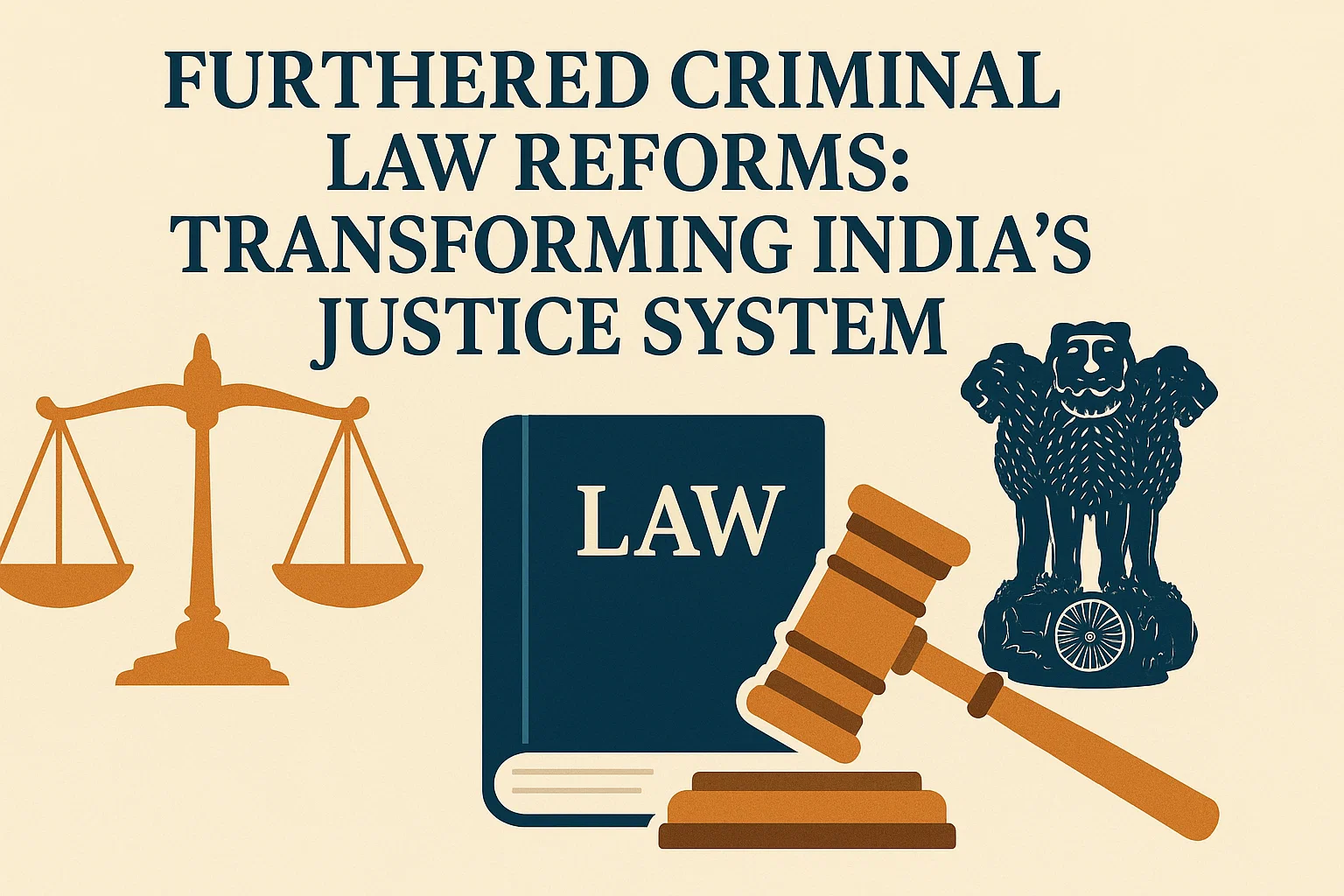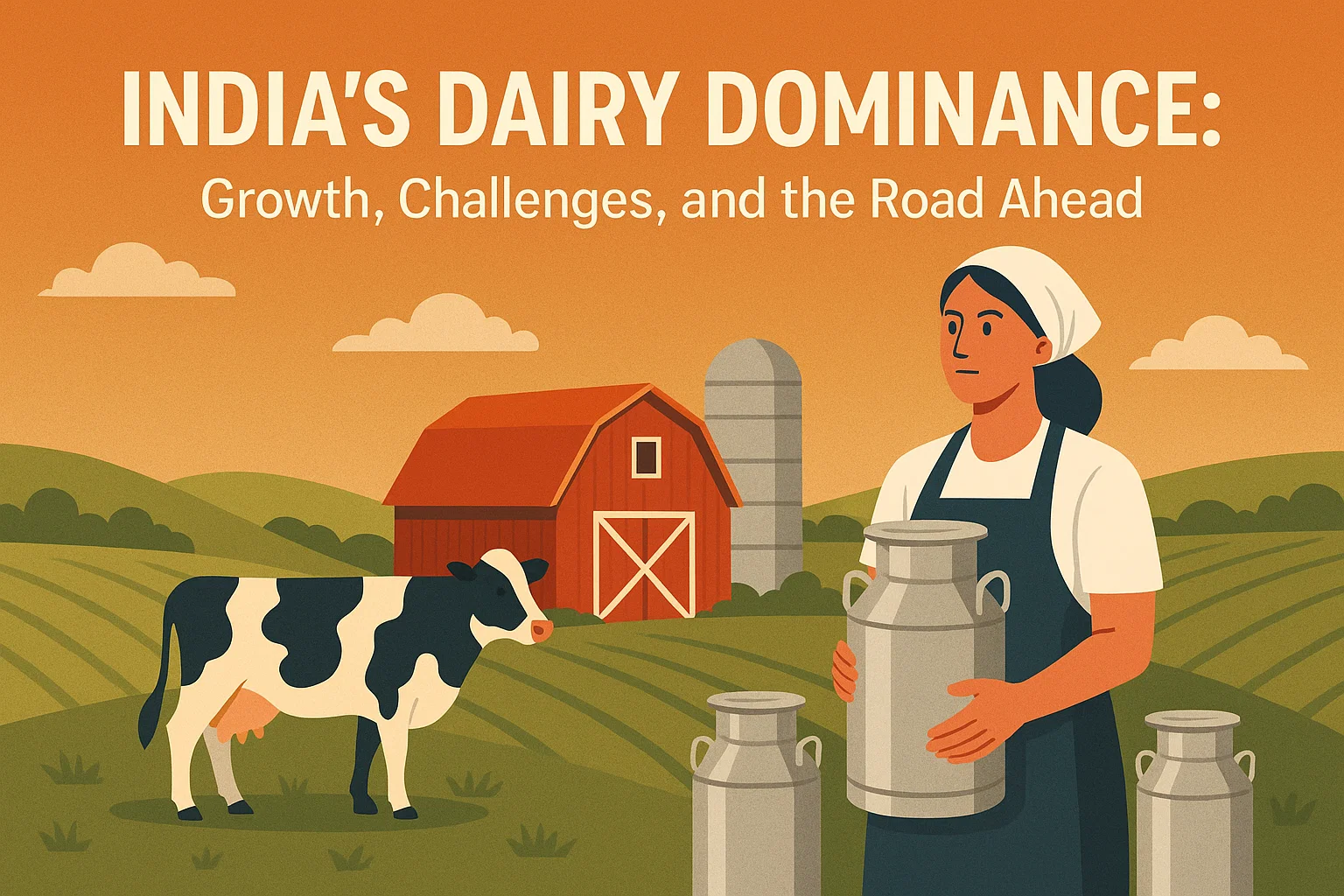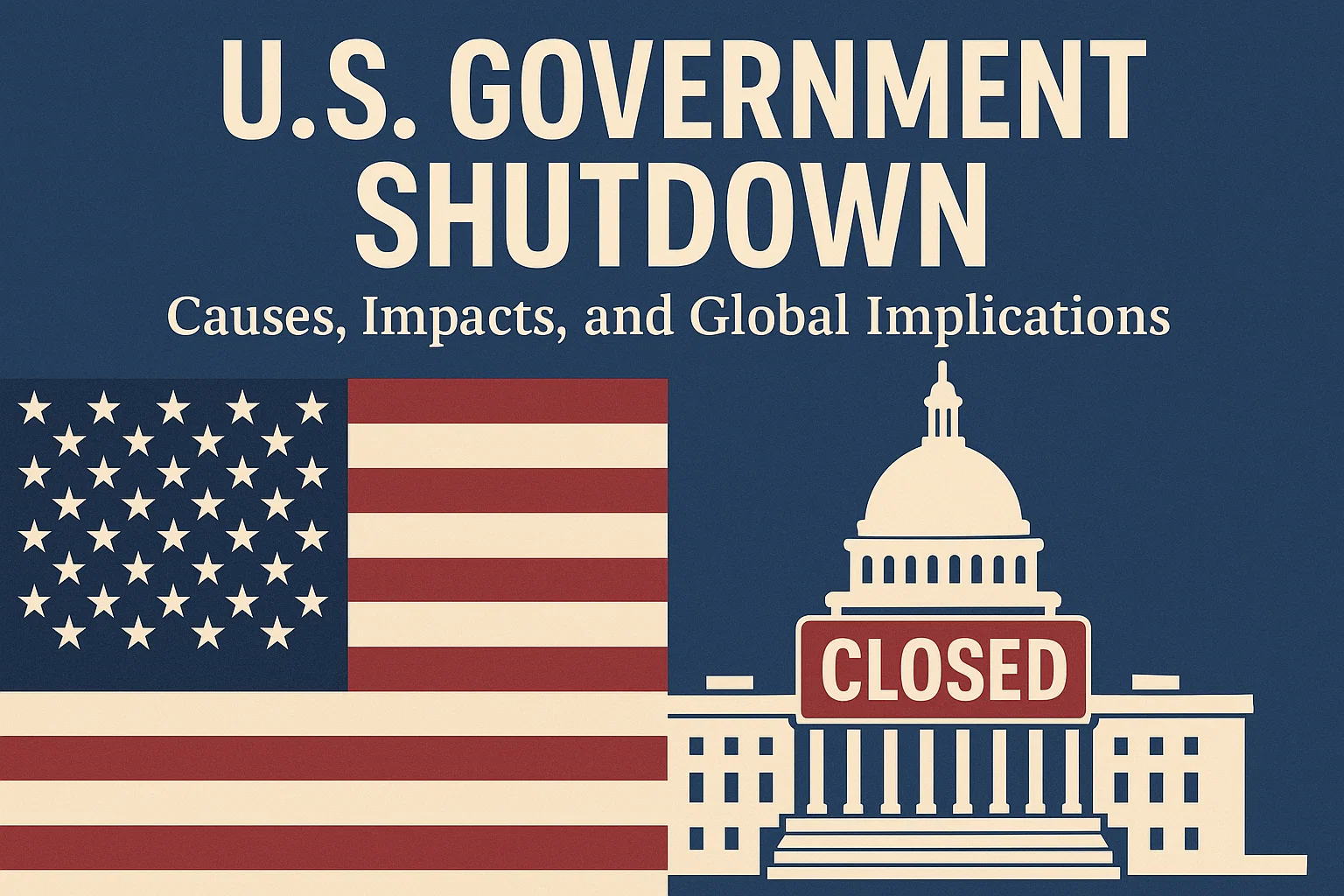UPSC Essay Strategy 2025 – How to Choose Essay Topics in the UPSC Exam
UPSC CSE Mains Paper I (Essay) 2025 is on 22 August. Learn smart topic selection, quick planning, and structured writing to ace the UPSC Essay paper.

Introduction: UPSC Essay
With UPSC CSE Mains Paper I (Essay) 2025 scheduled for 22 August (Friday), mastering the essay paper is crucial. A smart candidate knows that success begins before writing a single word — with intelligent topic selection, quick yet effective planning, and a structured, balanced approach. This guide explains exactly how to select, plan, and craft a high-scoring UPSC essay.
The UPSC essay paper is not just a test of writing skill — it is a judgement test, a time-management test, and a strategic thinking test rolled into one. The writing is important, yes, but the most decisive moment happens before you write a single word: the moment you choose your topic.
A smart candidate knows that topic selection shapes everything — from the number of examples you can use, to how confidently you can sustain the argument for 1,100+ words, to whether you can present yourself as a balanced, thoughtful, future civil servant.
The goal of this blog is to show you how to pick a topic intelligently, how to plan it in those first precious minutes, and how to write it using a proven, research-backed structure — before showing you the shade and tree essay (“Someone is sitting in the shade today because someone planted a tree a long time ago”) as a model.
Step 1: The First 10 Minutes Rule
Remember that jumping straight into writing without pre-planning leads to shallow essays. The first 8–10 minutes should be used to think on paper, not to produce final sentences.
In those minutes:
- Read each topic twice — the first pass for general meaning, the second for nuance.
- Circle key words — they are your signposts to the theme.
- Jot quick ideas — write down metaphors, examples, policies, historical references.
- Eliminate weak options — if you cannot list at least 4–5 perspectives in one minute, drop that topic.
Why this works: Marilyn Katz, in “From Self-Analysis to Academic Analysis: An Approach to Expository Writing”, argues that self-analysis before writing improves coherence and depth. In exam conditions, this analysis must be compressed — hence the 10-minute rule.
Step 2: Thematic Awareness
UPSC topics often fall into eight recurring categories:
- Philosophy & Ethics
- Governance & Leadership
- Social Issues & Gender
- Economy & Development
- Science & Technology
- Environment & Sustainability
- History & Culture
- Motivation & Psychology
A smart candidate mentally rehearses frameworks for each theme before exam day — so in the hall, the brain is retrieving, not inventing under stress.
Amirali Minbashian, Gail F. Huon and Kevin D. Bird, in “Approaches to Studying and Academic Performance in Short-Essay” , emphasises that familiar patterns reduce cognitive load, freeing mental energy for originality in content and transitions.
Step 3: Abstract vs Contemporary Topics
UPSC gives a mix — one might be philosophical (“Not all who wander are lost”), another policy-driven (“Social media is triggering FOMO”).
A sharp candidate chooses based on:
- Strength in metaphorical and interdisciplinary thinking → go philosophical.
- Strength in current affairs and policy knowledge → go contemporary.
But here is the catch: an abstract topic can be made concrete with real-world examples, and a contemporary topic can be enriched with philosophical depth.
Step 4: The Self-Check Matrix
Before committing, run the topic through five quick questions:
- Can I explain it clearly in my own words?
- Do I have 5–6 distinct perspectives?
- Do I have historical and current examples for at least 4 of them?
- Can I maintain a balanced tone?
- Will I enjoy writing this for 90 minutes?
If all are “yes” — proceed. If not, reconsider.
Step 5: Planning Like a Smart Candidate – The ‘Shade and Tree’ Example
Let us apply this to our example: “Someone is sitting in the shade today because someone planted a tree a long time ago.”
Step 5.1 – Decode the Core Message
- Tree planting = farsighted action.
- Shade today = benefits enjoyed later, often by others.
- Philosophical core: selflessness, legacy, intergenerational responsibility.
Step 5.2 – Brainstorm Perspectives (2 min)
- Philosophy – Bhagavad Gita’s karma yoga, Lokasangraha.
- History – Freedom struggle, social reformers, policy architects.
- Governance – Constitution, institutions, flagship schemes.
- Economy – Infrastructure, green investment.
- Science/Tech – ISRO, vaccine research.
- Environment – Actual tree planting, afforestation drives.
- Counter-view – Short-termism in politics, business, social media culture.
Step 5.3 – Choose Structure
Here we use a 4-part introduction (hook, bridge, explanation, thesis) + PEEL method for each body paragraph (Point–Explain–Evidence–Link), ensuring smooth transitions
Step 6: Building the Essay
6.1 Introduction –
Hook → Bridge → Explanation → Thesis.
- Hook with proverb or image.
- Bridge into philosophical meaning.
- Explain metaphor.
- Thesis: selfless long-term action builds societies.
6.2 Body Paragraphs – Thematic, interdisciplinary.
Example:
- Philosophical Roots (Gita, mythology).
- Historical Foundations (freedom struggle, reforms).
- Institutions and Governance (Constitution, policies).
- Ethics and Public Service (civil service ethos).
- Challenges/Counter-view (short-termism).
6.3 Conclusion –
Summarise in fresh words, link to present action, leave with forward-looking line.
Step 7: Examiner Psychology
James Hoetker and Gordon Brossell, in “The Effects of Systematic Variations in Essay Topics on the Writing Performance of College Freshmen”, shows that clarity, structure, and flow matter more to scorers than ornamental language. In UPSC terms:
- Clarity → Understandable to a lay reader.
- Structure → Logical progression of ideas.
- Flow → Natural transitions, no jarring jumps.
A smart candidate writes for the examiner’s tired eyes, making reading effortless.
That is the planning done. Now, let us put it into practice.
The Model Essay
SOMEONE IS SITTING IN THE SHADE TODAY BECAUSE SOMEONE PLANTED A TREE A LONG TIME AGO
On a warm Indian summer afternoon, a lone traveller finds rest under the broad shade of a banyan tree. The air is cooler here, the harsh sunlight softened. Long ago, someone planted this tree without knowing who would enjoy its comfort. That simple act captures a deep truth: much of what we value today — our freedoms, our schools, our roads, our clean water — exists because of decisions and sacrifices made by people we may never know. They acted not for quick rewards, but for the benefit of generations to come.
Across philosophy, governance, and everyday life, it is the farsighted, the selfless, and the patient who plant these “trees” — real or symbolic — under which the future can rest. This essay explores how this principle shapes our historical struggles, strengthens our institutions, and influences present-day choices — and how it ultimately finds its deepest roots in India’s spiritual and cultural soil, where ancient teachings have long urged people to act for the greater good without seeking immediate reward.
Ancient Indian thought has always honoured the idea of action without the expectation of immediate gain. In the Bhagavad Gita, Lord Krishna tells Arjuna: Karmanye vadhikaraste, Ma phaleshou kada chana — you have the right to perform your duty, but not to the fruits of your actions. This teaching encourages service to others and to society, even when the benefits will only be seen later.
This principle, called Lokasangraha (working for the welfare of all), appears again in Indian legends. King Bhagiratha’s long penance to bring the Ganga to Earth did not serve him alone, but generations after him. In the Panchatantra, trees often symbolise unconditional giving — offering fruit, shelter, and shade without asking for anything in return. These stories are not just entertainment; they nurture an ethic of patience, sacrifice, and generosity — values that would later guide India’s own quest for freedom. Just as the mythic tree gives shade to strangers, the leaders of the independence movement worked not for themselves but for a nation they might never fully see.
India’s independence movement was itself a long, patient act of planting for the future. Freedom fighters knew they might never see all the changes they dreamed of, yet they persisted.
Mahatma Gandhi’s non-violent resistance laid moral roots for the nation. Jawaharlal Nehru’s vision of industrialisation and modern science sowed seeds of progress that would take decades to grow. Dr B. R. Ambedkar’s tireless work on the Constitution created a sturdy trunk of rights, justice, and equality. Social reformers like Savitribai Phule, who fought for women’s education, and activists who challenged caste discrimination, were planting seeds of fairness and opportunity.
Their work was not a momentary spark but part of a slow, steady growth toward justice — a growth that needed strong roots and careful tending to survive. That is why, after independence, the vision of these reformers found structure and protection in the institutions of democracy.
If the Constitution is the trunk of India’s democratic tree, its branches are the institutions that protect and nourish it. The Election Commission ensures fair elections; the Supreme Court defends citizens’ rights; the Comptroller and Auditor General (CAG) keeps public spending in check.
These bodies were not designed for instant impact. Their real value lies in maintaining stability, justice, and public trust over decades.
Government programmes such as the Right to Education Act, MGNREGA, and the Ujjwala Yojana may not create overnight transformation, but like young saplings, they grow steadily, improving lives year after year. Similarly, major infrastructure projects — the Golden Quadrilateral highways, rural electrification, metro rail networks — are like shade-giving trees whose benefits expand over time.
Just as these social and physical infrastructures take years to mature, so too do advances in science, technology, and sustainability. Each breakthrough is the fruit of vision, patience, and persistent effort — a reminder that modern “tree planting” happens not only in fields and forests, but also in laboratories, research centres, and policy corridors.
India’s investments in science and technology are among the clearest examples of forward-looking action. The Green Revolution did not succeed overnight; it was the result of years of research, policy support, and farmer training. Today, India is self-sufficient in food production because of seeds sown decades ago.
ISRO’s space missions, advances in biotechnology, and the spread of digital infrastructure are other examples of “trees” planted with patience. The benefits — from weather forecasting to telemedicine — will continue to grow in the coming years.
Environmental efforts also reflect this long view. Afforestation projects, solar parks, wind farms, and the Namami Gange mission aim to ensure that the next generation inherits clean air, water, and a stable climate. Here, the metaphor of planting is both symbolic and literal. In protecting the environment, we see the clearest link between today’s actions and tomorrow’s wellbeing — planting trees in the soil and also planting hope in the future. But safeguarding that hope requires constant care, and much of this responsibility falls to those who work quietly within the machinery of governance.
Civil servants are often like gardeners, tending to policies whose full results they may never see. Their work requires integrity, consistency, and a commitment to public good over personal gain. An old Indian proverb says: Vriksha phal nahi khata, nadi jal nahi peeti — “The tree does not eat its own fruit, the river does not drink its own water.” This captures the spirit of selfless service, where benefits flow to others. Another saying, Kal ke liye aaj bo do — “Sow today for tomorrow” — reminds us that every act of honest governance plants seeds for future trust and stability.
Yet, in today’s fast-paced world, this ethic is under strain. Politics often rewards policies that show quick results before the next election, even if they ignore deeper reforms. In business, quarterly profits often outweigh sustainable practices. Social media amplifies the desire for instant recognition, while consumer culture promotes the idea that faster is always better.
The warning signs are hard to miss: when the future is sacrificed for immediate gain, the cost is often irreversible. Forests felled for short-term profit, or aquifers drained for quick use, leave wounds that take decades — even centuries — to heal. This is why the choice between patient planting and quick harvesting is not just a matter of preference, but a defining test for any society’s wisdom.
Why Patience Wins
History shows that lasting progress comes from vision, patience, and selflessness. Democracies are strong because of leaders and citizens who think beyond their own lifetimes. Scientific breakthroughs happen because researchers spend years — sometimes decades — pursuing ideas before they bear fruit. The comforts and rights we enjoy today are living proof of this. Our task is to protect and strengthen them, even when it means resisting the lure of quick wins.
Summing up, the shade under which we rest today is a gift from those who came before us — thinkers, builders, reformers, and ordinary citizens who acted with patience and foresight. From the wisdom of the Bhagavad Gita to the vision of the Constitution, from the freedom struggle to modern scientific achievements, India’s story is one of planting for the common good.
To continue this legacy, we must remember that planting a tree — whether real or symbolic — is an act of hope. It is a belief that the future matters, even if we are not there to enjoy it. The true citizen, civil servant, or leader is one who works knowing they may never sit in the shade themselves, yet trusts that someone, someday, will.
The best gift we can leave the future is the comfort, stability, and opportunity that will allow others to dream — just as someone, long ago, left us the shade of a banyan tree.
Why the Above is a Model Essay
The “Someone is sitting in the shade…” essay works as a model because it embodies the exact qualities that UPSC examiners value — and it follows the selection, planning, and structuring steps a smart candidate would take under time pressure.
-
Intelligent Topic Selection
Before writing a word, a strong candidate would have compared this topic against others on the paper using the Self-Check Matrix. This metaphor-based topic:
- Allows multiple perspectives — philosophy, history, governance, economy, science, environment, ethics.
- Offers space for original interpretation while still grounding arguments in real-world examples.
- Fits interdisciplinary thinking, which the UPSC rewards. The choice was strategic: it plays to strengths in connecting abstract ideas with concrete policies.
-
Clear Decoding of the Core Message
The essay immediately unpacks the metaphor:
- Tree planting = farsighted, selfless action.
- Shade = benefits enjoyed later, often by others.
This clarity ensures the examiner knows, from the first paragraph, that the candidate has understood the topic’s essence — a point James Hoetker and Gordon Brossell’s 1989 study emphasises as critical for higher scores.
-
Strong Introduction Structure
The opening paragraph:
- Hooks with a vivid scene (traveller under a banyan tree).
- Bridges into philosophical meaning.
- Explains the metaphor in plain terms.
- Ends with a thesis statement signalling the essay’s scope.
- This “Hook–Bridge–Explain–Thesis” format gives a confident, professional start.
-
Thematic Organisation with PEEL Method
The body follows a thematic flow:
- Philosophical roots – Gita, Lokasangraha, mythology.
- Historical foundations – freedom struggle, reformers.
- Institutions and governance – Constitution, public programmes.
- Science, technology, environment – ISRO, Green Revolution, afforestation.
- Ethics and public service – civil servants as gardeners.
- Counter-view – dangers of short-termism.
Each paragraph follows PEEL (Point–Explain–Evidence–Link), which ensures depth, coherence, and smooth transitions — avoiding the “patchwork” trap.
-
Rich, Varied Evidence
The essay draws examples from:
- Scriptures – Bhagavad Gita.
- Legends – King Bhagiratha.
- History – Gandhi, Nehru, Ambedkar, Savitribai Phule.
- Institutions – Election Commission, Supreme Court.
- Policies – RTE, MGNREGA, Ujjwala.
- Science & Environment – ISRO, Green Revolution, Namami Gange.
This breadth signals to the examiner that the candidate has both range and depth of knowledge.
-
Balanced Tone and Counter-View
The essay avoids one-sided optimism by acknowledging:
- Political short-termism.
- Environmental degradation.
- The pull of instant gratification in modern life. This balance reflects maturity — a key trait UPSC seeks in future administrators.
-
Seamless Transitions
Section-to-section links are smooth and logical, preventing the “jumpy” feel that weakens many essays.
Example: the shift from social reformers to democratic institutions frames institutions as the natural continuation of reformers’ work — keeping the narrative continuous.
-
Concise yet Forward-Looking Conclusion
The ending:
- Restates the thesis in fresh words.
- Summarises the main points.
- Ends with a visionary, service-oriented call to action. It leaves the examiner with a sense of completeness and purpose.
In short, this model essay is effective because it:
- Was chosen strategically to play to strengths.
- Was decoded accurately before writing.
- Follows a proven structure.
- Is multidisciplinary and balanced.
- Flows naturally with PEEL paragraphs and smooth transitions.
- Is rich in examples yet accessible in language.
This is exactly what the UPSC rewards — and exactly what a smart candidate would aim for under exam conditions.
Subscribe to our Youtube Channel for more Valuable Content – TheStudyias
Download the App to Subscribe to our Courses – Thestudyias
The Source’s Authority and Ownership of the Article is Claimed By THE STUDY IAS BY MANIKANT SINGH



